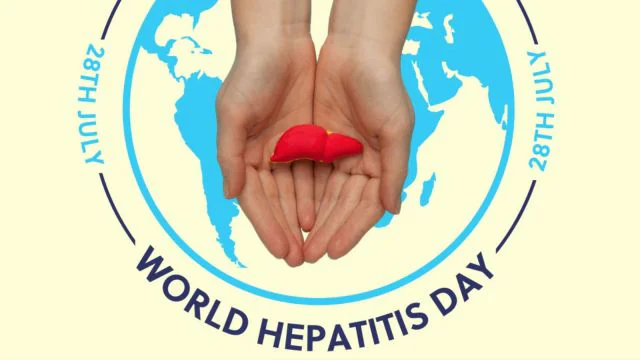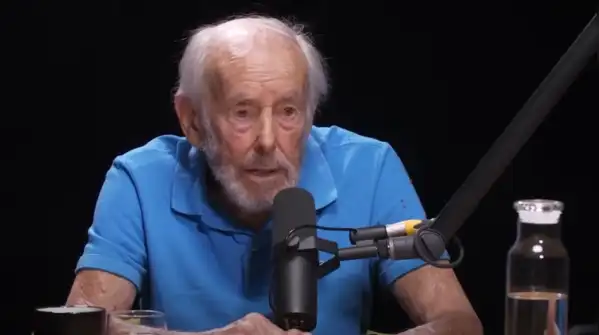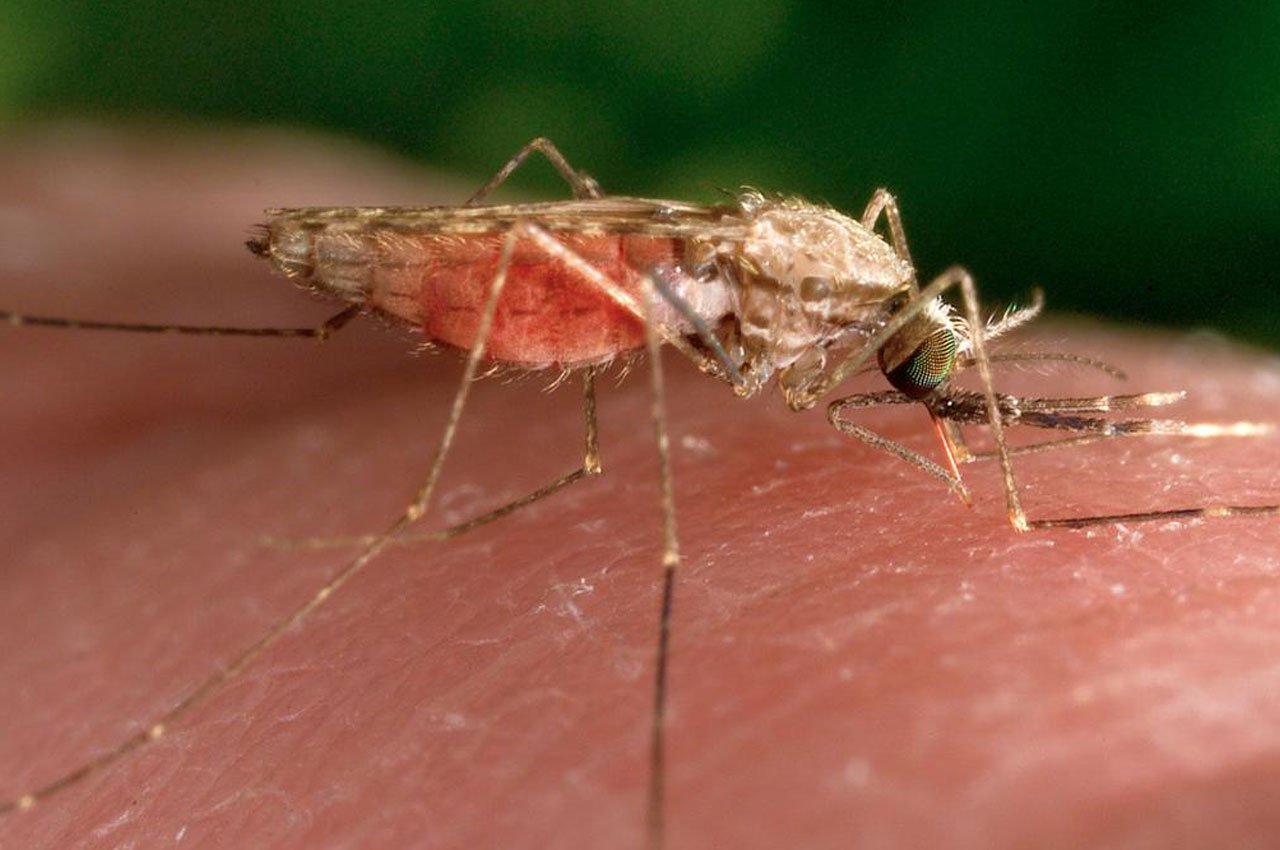As the world marks World Hepatitis Day 2025 on July 28, alarming statistics reveal that India ranks second globally in the combined burden of Hepatitis B and C, highlighting a pressing public health challenge, reported The Indian Express. The World Health Organization (WHO) has urged countries to scale up their prevention, diagnosis, and treatment efforts to address the silent but deadly spread of the disease.
Massive Global Health Crisis
According to WHO, more than 350 million people worldwide live with chronic hepatitis B or C, and nearly 1.3 million lives are lost annually due to liver-related complications such as cirrhosis and cancer. Despite being preventable and treatable, hepatitis continues to be underdiagnosed and undertreated – largely due to lack of awareness and testing infrastructure.
India’s Growing Concern
With India ranked second in the global hepatitis burden, public health officials are sounding the alarm. Factors contributing to the crisis include poor hygiene and sanitation, unsafe injection practices, inadequate screening during blood transfusions, and stigma that prevents many from seeking timely help.
Though India launched the National Viral Hepatitis Control Programme (NVHCP) in 2018 to provide free testing, treatment, and vaccination against hepatitis B and C, challenges in rural outreach, awareness, and consistent follow-up care persist. Experts warn that without intensified action, the burden could rise even further.
High-Burden Countries on WHO’s Radar
Apart from India, countries like China, Nigeria, Indonesia, Pakistan, and Bangladesh feature prominently in WHO’s list of high-burden regions. These nations share challenges such as large populations, inadequate healthcare access, and poor public health literacy—factors that fuel the silent spread of viral hepatitis.
‘Hepatitis Can’t Wait’ – WHO’s Call to Action
Under the 2025 theme “Hepatitis Can’t Wait,” WHO is calling for faster global progress towards the goal of eliminating hepatitis as a public health threat by 2030. The emphasis is on rapid testing, safe medical practices, blood safety protocols, and expanded immunization coverage, especially in low- and middle-income countries.
In India, experts are urging state governments to ramp up community-based screening, mobile testing units, and school-level vaccination drives to catch the disease early and prevent complications. Strengthening supply chains for antiviral medications and removing stigma through public education campaigns remain crucial next steps.
Signs of Hope
Despite the grim data, there are promising developments. Increased public-private partnerships, improved diagnostic technologies, and the growing availability of low-cost antivirals have brought fresh hope. Several Indian states are also working with non-profits to conduct awareness drives in local languages and ensure that even the most remote villages receive support.
Public health experts agree: early diagnosis and regular follow-up care are key to curbing the silent epidemic. With stronger community engagement and continued political will, India can lead the global fight against hepatitis and bring down its alarming rank on the global burden index.
Photo Source: The Indian Express




